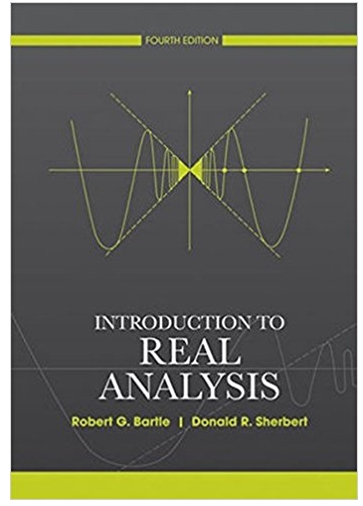PLEASE READ CAREFULLY ALL INFORMATION IS BELOW To illustrate the effects of driving under the influence (DUI) of alcohol, a police officer brought a

PLEASE READ CAREFULLY ALL INFORMATION IS BELOW To illustrate the effects of driving under the influence (DUI) of alcohol, a police officer brought a DUI simulator to a local high school. Student reaction time in an emergency was measured with unimpaired vision and also while wearing a pair of special goggles to simulate the effects of alcohol on vision. For a random sample of nine teenagers, the time (in seconds) required to bring the vehicle to a stop from a speed of 60 miles per hour was recorded. Complete parts (a) and (b). Note: A normal probability plot and boxplot of the data indicate that the differences are approximately normally distributed with no outliers. Click the icon to view the data table. (a) Whether the student had unimpaired vision or wore goggles first was randomly selected. Why is this a good idea in designing the experiment? A. This is a good idea in designing the experiment because the sample size is not large enough. B. This is a good idea in designing the experiment because it controls for any "learning" that may occur in using the simulator. C. This is a good idea in designing the experiment because reaction times are different. (b) Use a 95% confidence interval to test if there is a difference in braking time with impaired vision and normal vision where the differences are computed as "impaired minus normal." The lower bound is The upper bound is (Round to the nearest thousandth as needed.) Data Table Subject Normal, X, 1.17 Impaired, Y, 5.77 1 2 3 4 5 6 7 8 1.24 4.58 1.56 4.31 4.83 4.55 5.00 4.79 5.85 5.51 5.32 5.90 5.49 5.23 5.63 5.63 - X 1) Use a confidence of 95% to find time difference of braking time between normal vison and impaired. (Lower and upper bound).
Step by Step Solution
There are 3 Steps involved in it
Step: 1

See step-by-step solutions with expert insights and AI powered tools for academic success
Step: 2

Step: 3

Ace Your Homework with AI
Get the answers you need in no time with our AI-driven, step-by-step assistance
Get Started


